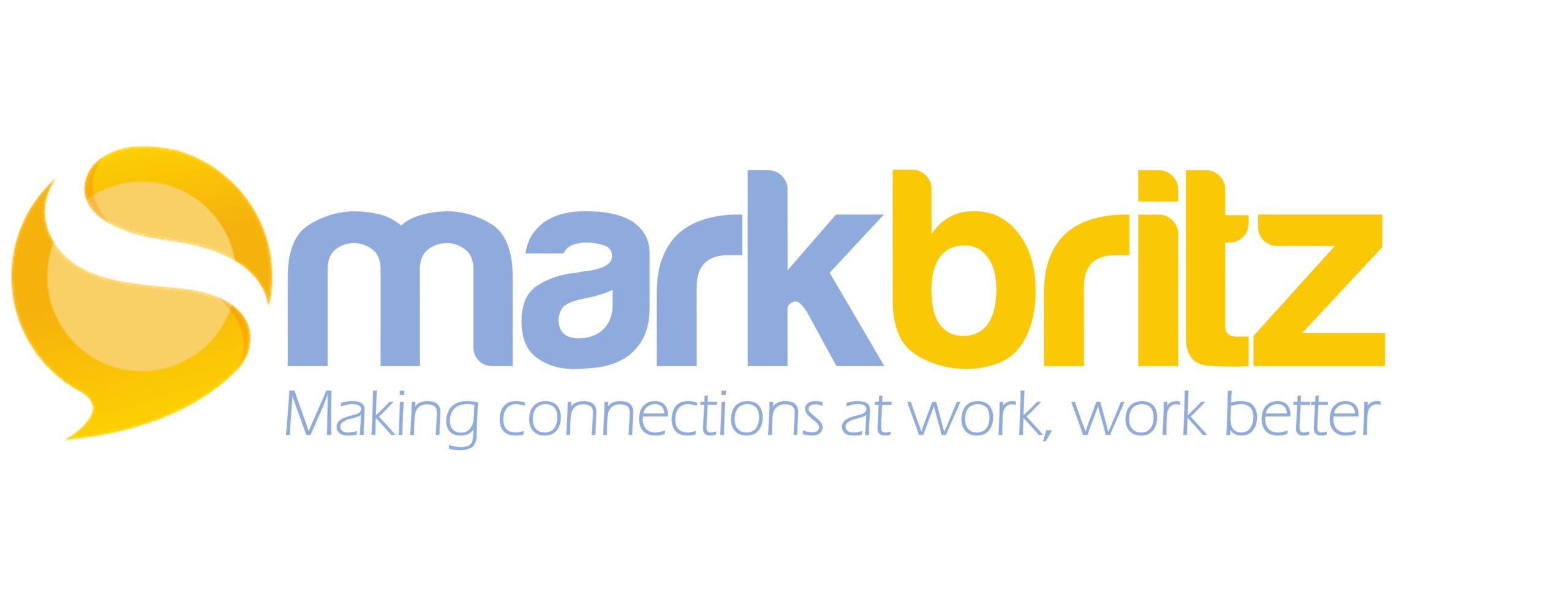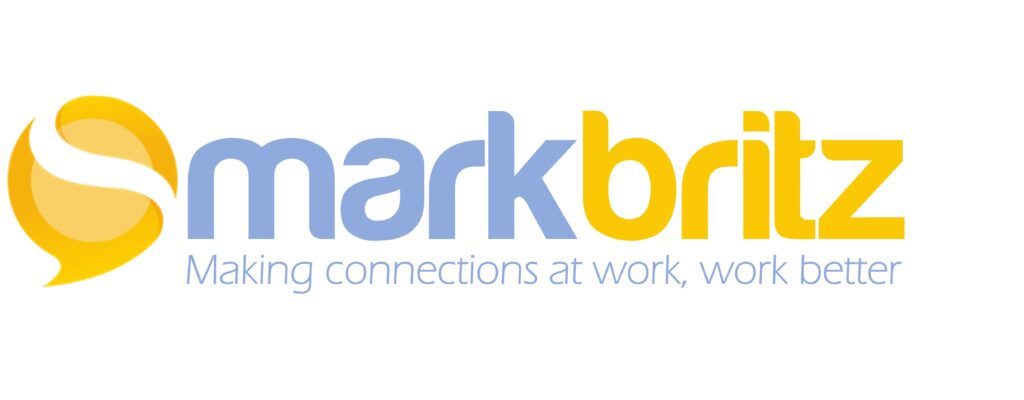By now you’ve probably seen the video where you’re asked to count the number of times a basketball is passed on a crowded court while a (spoiler alert) person in a gorilla suit passes through often unnoticed. This is an example of Inattentional Blindness; “the event in which an individual fails to recognize an unexpected stimulus that is in plain sight.” – Wikipedia. The general idea is that when we are so focused on the task at hand, we are not seeing what’s happening on the peripheral.
I’m seeing that a kind of inattentional blindness exists in organizations today. In my conversations about digital transformation, most people have revealed their organization’s view of it as the adopting new tools to do more and faster the things they have always done. They are, if you will, keeping their eye on the ball and focused on mastering their craft as it was designed to be done. What many aren’t seeing is that the unexpected stimulus of technology, particularly social technology, is loosening the traditional restraints around information and power and changing the very structures and roles they have grown accustom to.
The scary part is not that this technology change is so disruptive but that the disruption is happening so slowly. Yes, slowly. We often think disruption is something revolutionary but is it? Didn’t change simmer and bubble up slowly in the famous examples of Kodak, Research in Motion (Blackberry), and Blockbuster? Everyone played their role, played by the rules and weathered each storm as they always had. They kept their eye on the ball until it was too late.
Staying the Course of Course
The Cluetrain Manifesto came out over a decade ago. This short work foretold the coming of the social age and yet most companies are generally still doing what they’ve always done but with new tools. Marketing for example is trying to sway opinions as they have for the last 100 years. Today however they do it by chasing SEO, content marketing, and posting strategically, robotically to social platforms. Cluetrain’s most memorable point was that markets are conversations, and yet it appears new technology is used in the same old ways; a monologue, a virtual billboard that people are ignoring.
Another example of change happening while the vehicle is being rebuilt is Learning & Development. In the face of so much change, L&D is still primarily still building courses and programs but now using mobile devices to deliver them or repackaging them in a new wrapper called a MOOC. Meanwhile workers, who can’t wait for formal solutions, are leveraging powerful personal tools, messaging apps, curating content, and building networks for just-in-time performance support to get their work done. Learning has always been about communication and communication can now happen faster than ever.
In many ways this inattentional blindness is because we are assimilating the new to what we already understand. We should be accommodating for it because if we accommodate, we create space to see new possibilities.
Transformation is about Independence
The bigger change I sense is a growing gig economy, decreasing employee tenure, and increasing autonomy through technology (communication, learning, consumerization of IT, etc) that will not only lead to changes in work (the verb), but lead to changes in work (the noun). Less rigid organizing structures, organizations more akin to being Wirearchies over hierarchies will emerge. L&D, Marketing and other traditional sub-structures of 20th century businesses will ultimately be vestiges as the skills within will appear more as integrated agents in the workflow. For many the “gorilla” is passing right by unnoticed.
With a nod to William Gibson, the future is digital transformation and it is here, it’s just not evenly distributed within organizations. And because of this, the traditional adage of keeping one’s eye on the ball is perhaps not the best advice after all.

